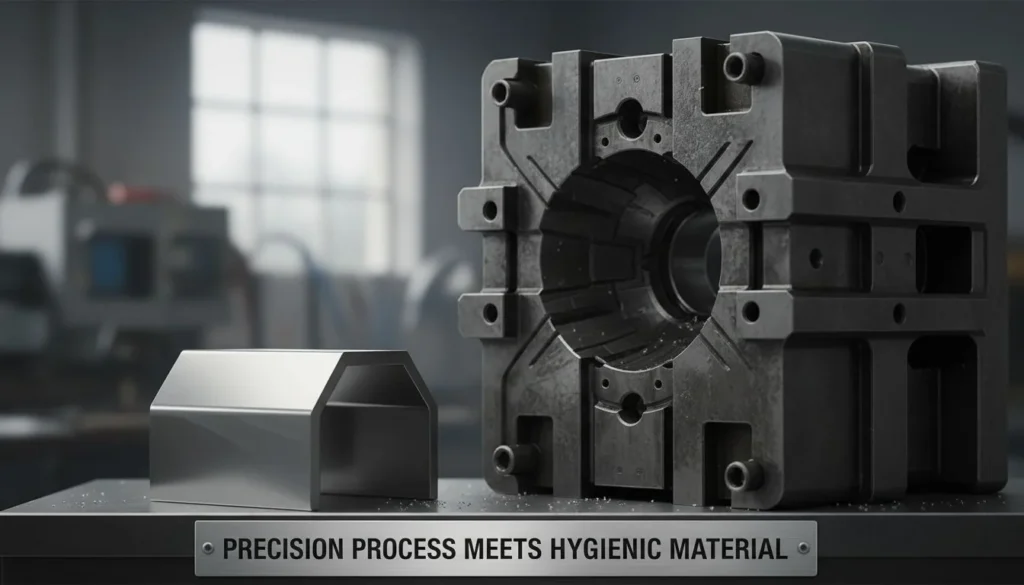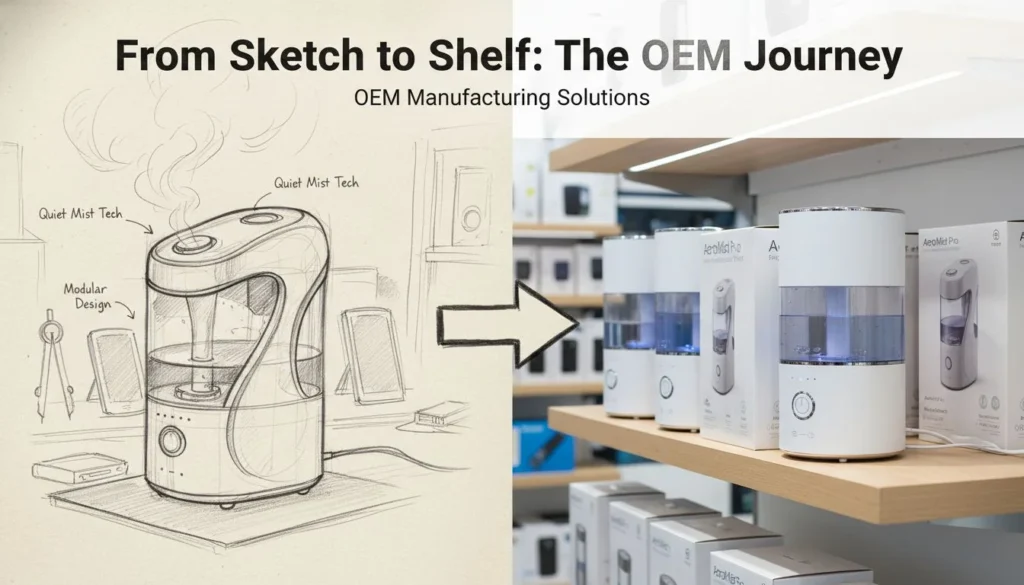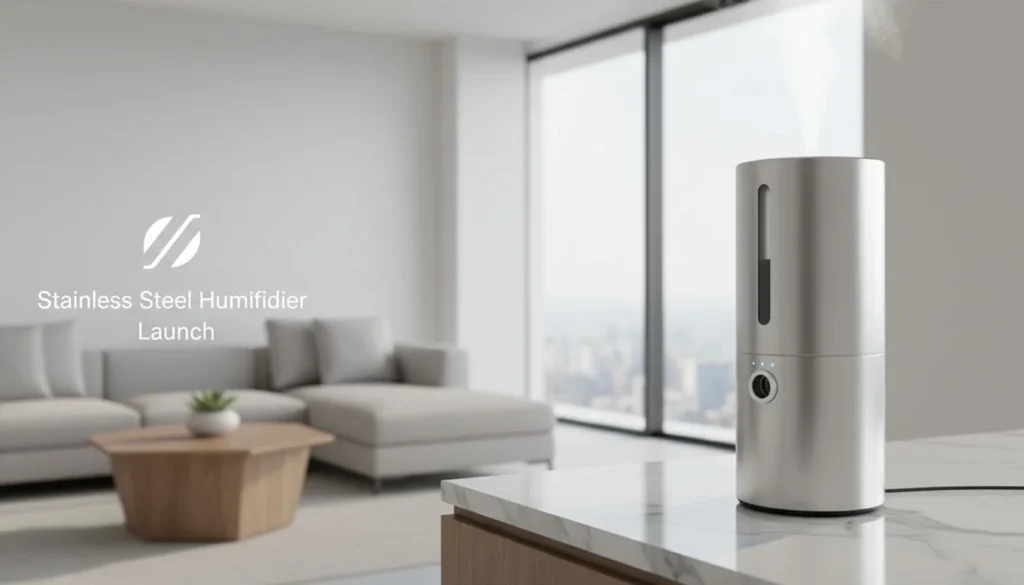
In today's quest for cleaner indoor air, the right sensor technology in air purifiers plays a pivotal role.
When choosing sensor technology for air purifiers, consider factors like the type of pollutants you want to monitor (e.g., PM2.5, VOCs), sensor accuracy, integration with IoT devices, brand reputation, and cost-effectiveness. These elements influence overall air quality monitoring and system efficiency.
While understanding these core factors is essential, diving deeper into specific sensor types, their functionalities, and market trends can further optimize your decision-making process. Read on to explore the evolving landscape of air purifier sensor technology and how to align it with your needs.
PM2.5 sensors are essential for air purifiers.True
They detect fine particulate matter, crucial for urban pollution.
What Are the Common Types of Sensors in Air Purifiers?
Sensors are the silent sentinels in air purifiers, detecting pollutants to ensure clean air.
Common sensors in air purifiers include PM2.5 sensors, temperature and humidity sensors, VOC sensors, and CO2 sensors. These sensors monitor various indoor pollutants and environmental conditions, enhancing the effectiveness of air purifiers in maintaining healthy indoor air quality.
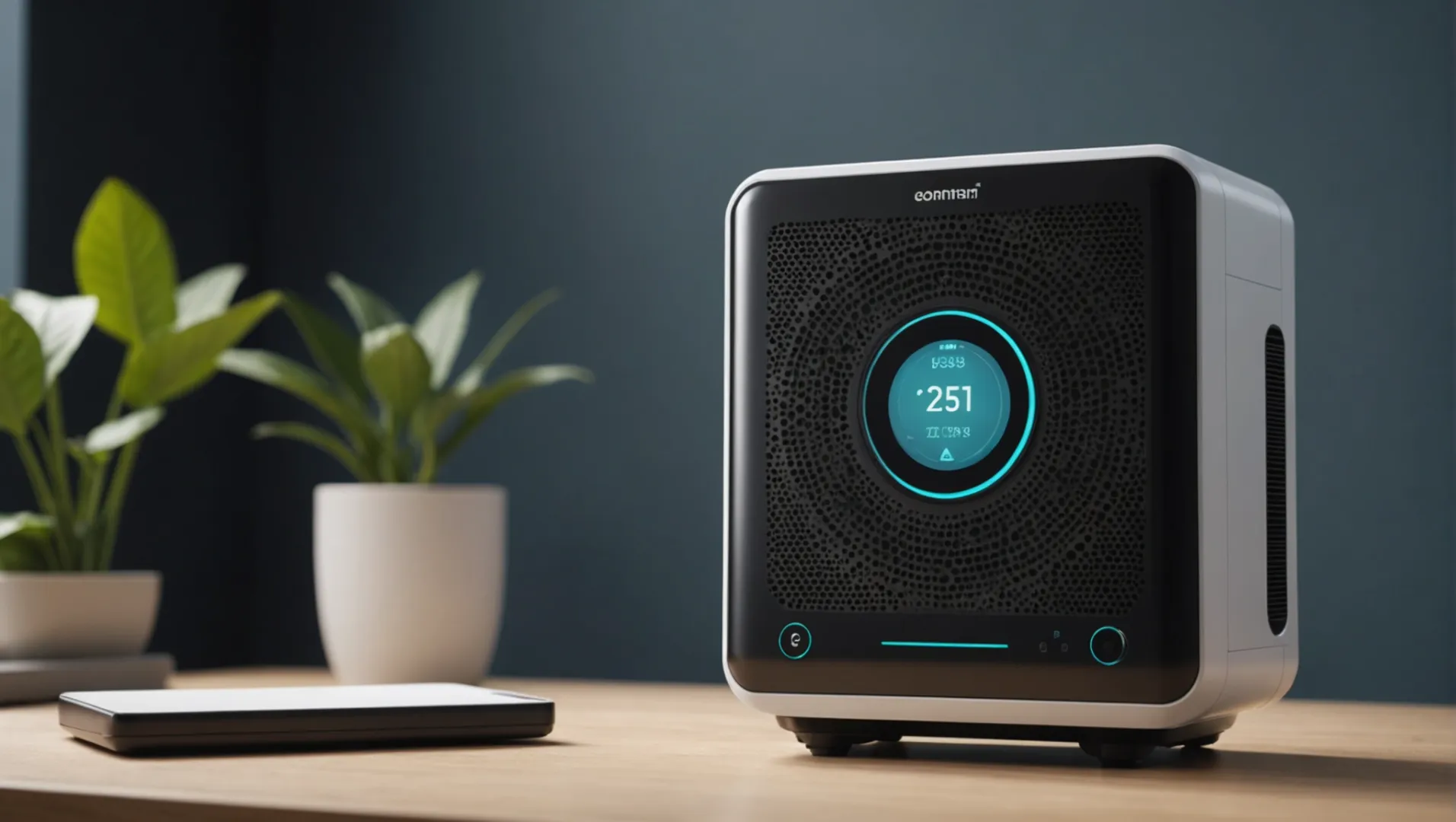
PM2.5 Sensors: The Fine Particulate Detectives
PM2.5 sensors are crucial for detecting fine particulate matter, which can penetrate deep into the lungs and even enter the bloodstream. Traditionally, Swiss companies1 like Sensirion have been leaders in this field, offering high precision sensors. However, emerging players from China such as Cubic and Plantower have gained recognition for their cost-effective and high-performance alternatives.
Temperature and Humidity Sensors: Environmental Condition Monitors
These sensors help maintain optimal operating conditions for air purifiers by adjusting settings according to ambient temperature and humidity levels. They ensure the purifier operates efficiently across various environmental scenarios, preventing damage and maintaining air quality effectively.
VOC and CO2 Sensors: The Chemical Sentries
Volatile Organic Compounds (VOCs) and carbon dioxide are significant indoor pollutants affecting health and comfort. VOC sensors detect harmful chemicals that can off-gas from household products, while CO2 sensors monitor air freshness. Integrating these sensors helps in addressing a broader spectrum of indoor air quality concerns.
Emerging Sensor Technologies: Beyond Basics
With advancements in IoT and AI, modern air purifiers are beginning to incorporate additional sensors such as noise, light, pressure, and occupancy sensors. Companies like HisoAir are at the forefront of integrating these indoor environment quality2 sensors, paving the way for smarter, more adaptive air purification systems.
To choose the right set of sensors, it's crucial to consider what specific pollutants need monitoring in your environment and the cost-to-benefit ratio of each sensor type. Collaborating with experienced suppliers can further tailor your choices to best fit your specific requirements.
PM2.5 sensors detect fine particulate matter.True
PM2.5 sensors monitor particles that can enter the bloodstream.
CO2 sensors measure temperature in air purifiers.False
CO2 sensors measure carbon dioxide levels, not temperature.
How Do Sensor Technologies Impact Air Purifier Efficiency?
With sensor technology at its core, air purifiers achieve optimal performance and enhanced air quality.
Sensor technologies impact air purifier efficiency by accurately detecting pollutants, optimizing filter usage, and enabling smart functionalities. Sensors like PM2.5, CO2, and VOC play crucial roles in monitoring air quality and triggering appropriate purification actions, thereby improving overall efficiency and user satisfaction.
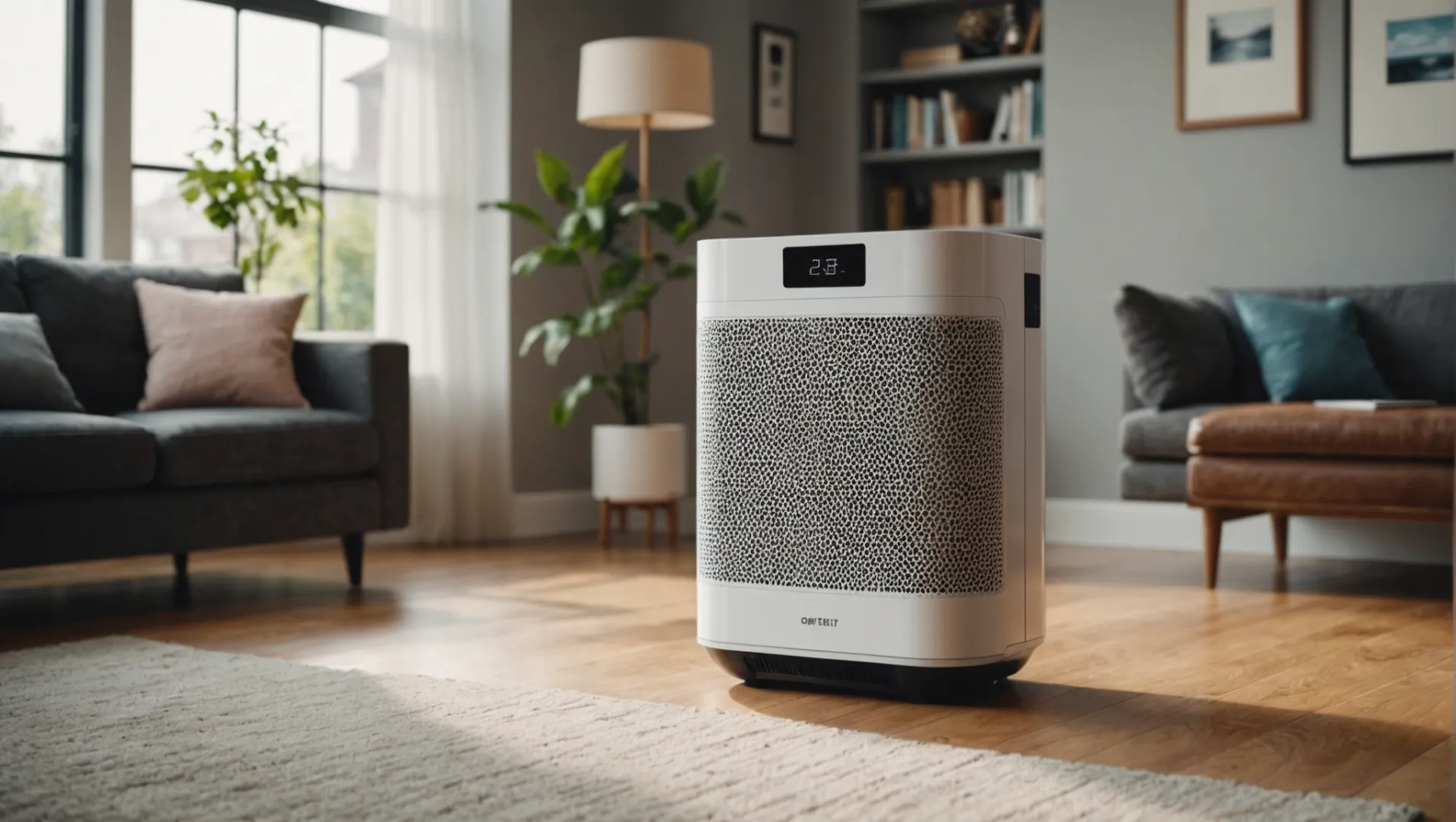
Understanding Key Sensor Types in Air Purifiers
Air purifiers utilize a variety of sensors to enhance their efficiency and effectiveness in maintaining indoor air quality. Among these, the PM2.5 sensors3 are crucial as they detect fine particulate matter, alerting the purifier to adjust its filtration power accordingly. This is vital for individuals living in urban areas with high levels of pollution.
Additionally, CO2 sensors4 help in monitoring carbon dioxide levels, ensuring that the air inside remains fresh and healthy. With increasing consumer awareness, VOC (Volatile Organic Compounds) sensors are also becoming a standard feature. These sensors identify harmful gases and chemicals, prompting the purifier to activate the necessary cleaning processes.
The Role of Sensor Accuracy and Brand Reputation
The efficiency of an air purifier heavily depends on the accuracy of its sensors. Sensors from reputable brands such as Sensirion and newer entrants like Cubic and Plantower have become industry standards due to their reliability and precision.
A key factor to consider is how well these sensors integrate with other smart home devices. This integration not only improves user convenience but also allows for more accurate data collection, resulting in smarter purification processes.
Integrating IoT for Enhanced Air Purification
The Internet of Things (IoT) has revolutionized how air purifiers operate. By integrating sensors with IoT technology, air purifiers can now collect data from multiple sources such as temperature, humidity, and even noise levels. Companies like HisoAir are leading this trend by incorporating IEQ sensors5 that monitor various environmental parameters, offering a more comprehensive approach to air quality management.
Such advancements in sensor technology mean that air purifiers can operate autonomously, adjusting their settings based on real-time data. This leads to better energy efficiency and ensures that the air purifier is working optimally at all times.
Cost-effectiveness and Market Trends
While high-quality sensors often come at a higher price point, their cost-effectiveness over time can outweigh initial expenses. The market is seeing a shift towards more affordable yet reliable sensor technologies from brands like Cubic and Plantower. This trend is encouraging as it allows consumers to access advanced air purification solutions without breaking the bank.
By understanding these factors, consumers can make informed decisions about which air purifiers will best meet their needs while ensuring maximum efficiency.
PM2.5 sensors adjust air purifier filtration power.True
PM2.5 sensors detect fine particulates, prompting filtration adjustments.
IoT integration decreases air purifier efficiency.False
IoT enhances efficiency by enabling real-time data-driven adjustments.
Which Brands Offer Reliable Air Quality Sensors?
Choosing a reliable brand for air quality sensors is crucial for effective air purification.
Reliable air quality sensor brands include Sensirion, Cubic, Plantower, and HisoAir. These companies are recognized for their advanced sensor technology, offering high accuracy and integration capabilities. When selecting a brand, consider factors such as performance, cost-effectiveness, and compatibility with IoT systems to ensure optimal air quality monitoring.

Sensirion: Swiss Precision in Sensor Technology
Sensirion is a Swiss company renowned for its high-precision air quality sensors6, particularly for PM2.5, temperature, and humidity monitoring. Their sensors are widely used in premium air purifiers due to their exceptional accuracy and reliability. Sensirion's expertise in sensor integration makes it a top choice for those prioritizing precision in air quality measurement.
Rising Stars from China: Cubic and Plantower
In recent years, Chinese brands like Cubic and Plantower have gained recognition in the air purifier industry. Known for their cost-effective PM2.5 sensors7, these brands offer impressive performance improvements that rival more established names. As the technology continues to advance, these brands are becoming increasingly popular choices among manufacturers seeking affordable yet reliable solutions.
Expanding Sensor Capabilities: HisoAir's Innovation
HisoAir is a leading supplier that integrates various sensors to enhance air purifier functionality. Their approach includes adding CO2, VOC, and formaldehyde sensors, addressing a broader spectrum of indoor pollutants. HisoAir's integration of indoor environment quality (IEQ) sensors8 like noise, light, and occupancy sensors represents a forward-thinking strategy that aligns with the growing demand for smarter, more comprehensive air purification systems.
Factors to Consider When Choosing a Sensor Brand
When selecting a sensor brand, consider the specific pollutants you need to monitor and the overall system's requirements. Evaluate the sensor's integration capabilities with IoT systems9, which can significantly enhance monitoring accuracy and efficiency. Additionally, assess the brand's reputation in terms of innovation, customer support, and compliance with industry standards.
| Brand | Key Features | Notable Products |
|---|---|---|
| Sensirion | High precision, reliability | PM2.5 Sensors |
| Cubic | Cost-effective, improving performance | PM2.5 Sensors |
| Plantower | Recognized quality, affordable | PM2.5 Sensors |
| HisoAir | Innovative integration of multiple sensors | IEQ Sensors |
Understanding the strengths of each brand and how they align with your specific needs can lead to better air quality monitoring and improved indoor environments.
Sensirion sensors are known for high precision.True
Sensirion is renowned for its precise air quality sensors, especially PM2.5.
HisoAir only produces PM2.5 sensors.False
HisoAir integrates various sensors, including CO2 and VOC, not just PM2.5.
How Can IoT and AI Enhance Air Purifier Sensors?
With IoT and AI, air purifiers are revolutionized, offering smarter and more efficient air quality management.
IoT and AI enhance air purifier sensors by enabling real-time data collection, predictive analytics, and adaptive response to varying air quality conditions. This integration allows air purifiers to adjust settings autonomously, ensuring optimal indoor air quality and energy efficiency.
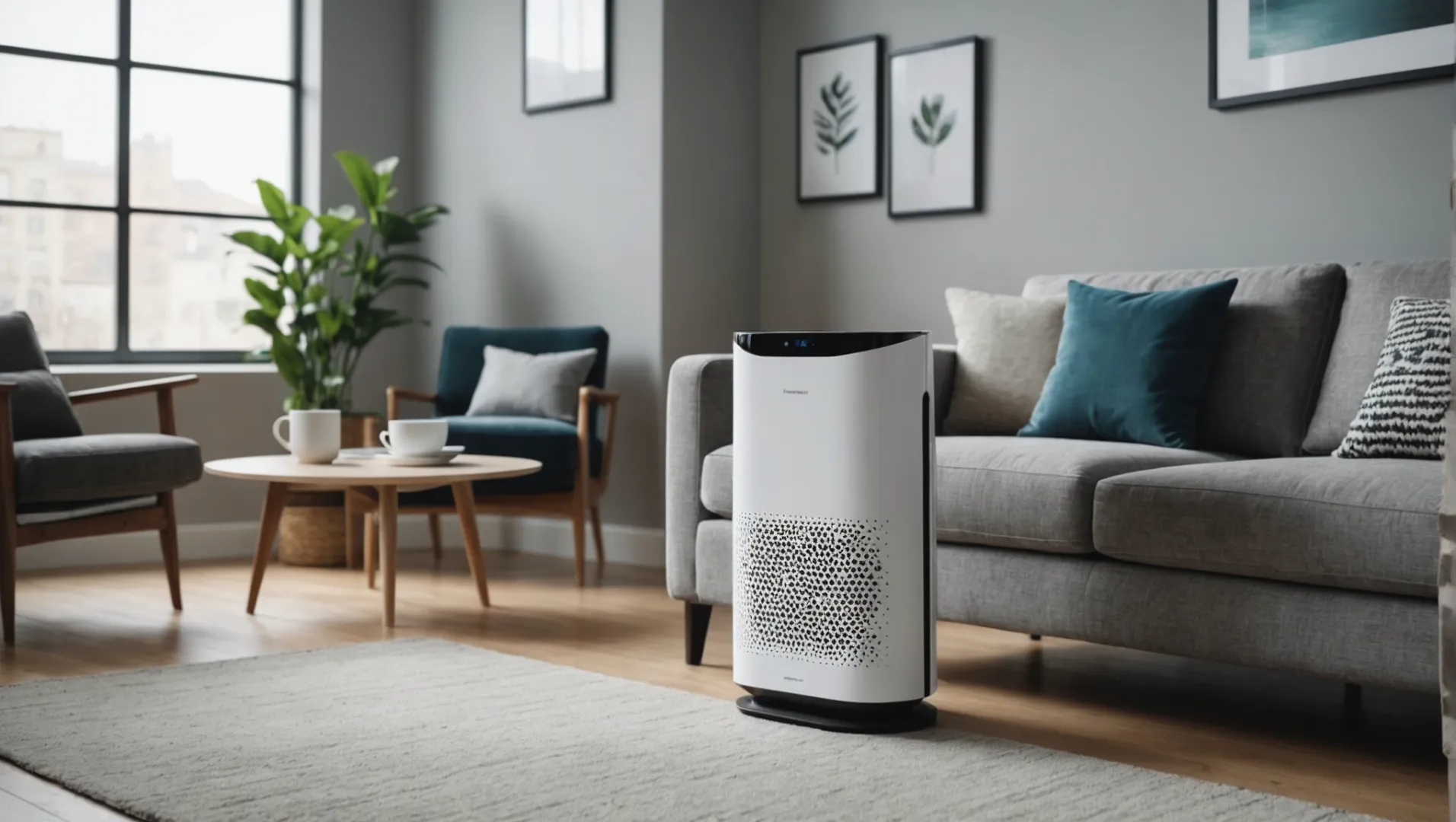
The Role of IoT in Air Purifiers
Integrating the Internet of Things (IoT) into air purifiers allows for seamless communication between devices. IoT-enabled sensors can transmit real-time air quality data to a central system, providing users with detailed insights into their indoor environment. This connectivity not only enhances user experience but also contributes to energy-saving measures by adjusting purifier settings based on current needs. Leading brands like HisoAir have pioneered this approach, embedding advanced sensors such as noise and light detectors into their models.
AI's Influence on Sensor Functionality
Artificial Intelligence (AI) takes sensor integration to the next level by employing machine learning algorithms to analyze collected data. By understanding patterns in air quality changes, AI can predict pollution spikes and adjust the purifier's operation accordingly. For instance, AI can learn a household’s routine and preemptively increase filtration during cooking or cleaning times, optimizing the device's performance.
Enhanced Air Quality Management
With the combination of IoT and AI, air purifiers can move beyond simple pollutant detection. They now offer a comprehensive Indoor Environment Quality (IEQ) assessment by incorporating multiple sensors such as CO2, VOCs, and formaldehyde detectors. This multi-sensor approach ensures a broader spectrum of air pollutants is monitored, delivering a healthier indoor atmosphere.
Market Trends and Brand Innovations
As sensor technologies evolve, brands like Cubic and Plantower have emerged as significant players in the industry. They offer cost-effective solutions that do not compromise on performance. These advancements are crucial as consumers increasingly demand smart home devices that are both reliable and affordable.
The integration of IoT and AI in air purifier sensors not only elevates the technology but also aligns with sustainable living goals by improving energy efficiency. For more insights into the latest advancements in sensor technologies, consider exploring the sensor market trends10 today.
IoT enables real-time data collection in air purifiers.True
IoT allows sensors to transmit real-time air quality data for analysis.
AI cannot predict pollution spikes in air purifiers.False
AI uses machine learning to predict pollution spikes based on data patterns.
Conclusion
Choosing the right sensor technology involves balancing performance and cost. Prioritize essential sensors based on your needs and consider reputable suppliers for enhanced air quality.
-
Discover leading sensor brands from Switzerland known for precision.: IQAir's HyperHEPA filtration make the HealthPro Series the best air purifiers, proven and certified to filter 99.5% of the smallest particles that exist. ↩
-
Learn about cutting-edge sensors enhancing air purifier technology.: This page provides research results of studies to evaluate the performance and accuracy of air sensor techology. ↩
-
Learn how PM2.5 sensors detect fine particulate matter effectively.: A PM2.5 sensor is a high-precision sensor that monitors that the concentration of PM2.5 particles in real time. ↩
-
Discover the role of CO2 sensors in maintaining fresh indoor air.: Electrochemical CO2 sensors use electrical current or conductivity to measure CO2 concentrations in the air. When CO2 enters the sensor, a chemical reaction ... ↩
-
Explore how IEQ sensors enhance comprehensive air quality management.: These sensors measure various parameters related to the comfort of an indoor space, such as temperature, humidity, CO2 levels and more. ↩
-
Discover why Sensirion leads in precision sensor technology.: Indoor air quality monitors are designed to measure and evaluate various parameters and pollutants. They track and report on air conditions in real time. ↩
-
Explore user reviews on Cubic and Plantower's PM2.5 sensors.: While the device lacks a VOC sensor, I can forgive this at the affordable price. ↩
-
Learn about HisoAir's innovative sensor integration strategies.: Combining temperature, humidity, noise, and light sensors, our system ensures optimal air quality and comfort. It intelligently adjusts in real-time to ... ↩
-
Understand how IoT enhances air quality sensor functionality.: Utilizing IoT for air quality monitoring means cities can have real-time insights into pollutant levels. This immediacy in data acquisition is pivotal for quick ... ↩
-
Explore the latest advancements and innovations in sensor technology.: Many purifiers will come with color-coded sensors to let you know the particle level in your home. The unit will then automatically adjust to ... ↩




